Arts and Culture
Article
The Culturephiles
afc89c3c-fa2c-43d8-9355-e628c7f3b4c3
4 min
https://edge.sitecorecloud.io/tessituraneab9a-tessiturane5642-staging-5396/media/Images/Discover-Images/Andrew-Blog/Cultural-Experience-Framework/Card-game-by-Ines-Ferreira-768x465.jpg?h=465&iar=0&w=768
Learning how cultural organizations thrive today by playing the cards they’ve been dealt
How do you define your Cultural Climate?

President & CEO, Tessitura
How do you define your Cultural Climate?
3/12/2020
4 min
If a cultural experience falls in the forest and no one is there to hear it, did it happen?
In a series of posts over the next several weeks, Michael Greer, Executive Director of the Oregon Ballet Theatre, and I are exploring the steps that make up an ideal cultural experience. We call this the Cultural Experience Framework.
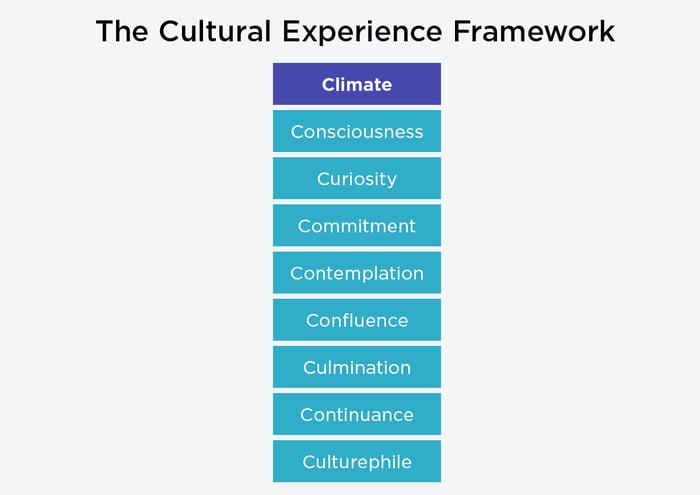
Before you can create the perfect cultural experience, you need to understand the backstory of your potential audience. This backstory is what we call Climate: the cultural, political, economic and social environment that a person has grown through and exists in.
What is the social and cultural vibe of your community? How much importance does your local government place on arts and culture? How much is arts and culture embedded in schools and community life?
You can develop the most sublime cultural experiences ever conceived, but if you aren’t programming and communicating with Climate in mind, the experience might as well be that tree in the forest that no one hears.
It is equally important to understand you have limited control to change the Climate in the immediate term. If the Cultural Experience is a card game, today’s Climate represents the cards your organization has been dealt. This post explores playing the cards you hold today. For insights on the longer-term work of broadening your Climate over time, check out Michael’s post.
In my travels, I visit many cultural organizations existing in many different Climates. The most impressive ones not only understand their current Climate, but are able to describe it with data and stories.
What data can tell you about your Climate
Our sector has some great researchers focused on describing cultural climate through data. For the USA, I am particularly enamored by the work of SMU DataArts, the National Center for Arts Research. Among their many resources, they have an interactive map that shows a county-level view into what they call Arts Vibrancy. This is a ranking based on a variety of metrics including density of cultural institutions, levels of revenue flowing into those institutions, number of people employed in the cultural sector, and government support.
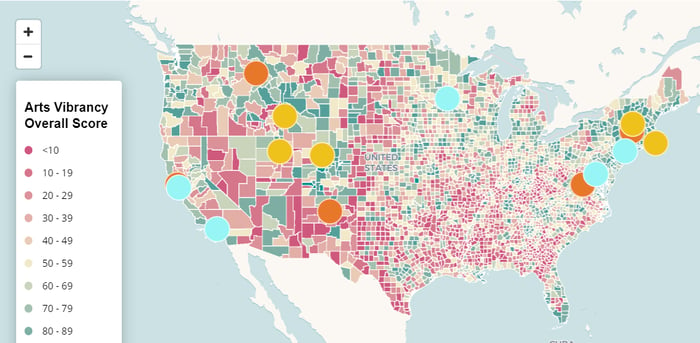
SMU DataArts Arts Vibrancy map
Understanding the baseline cultural vibrancy of your community, how your organization sits within your community, and how your community stacks up country-wide, can help in many ways, from programming to collaboration efforts to funding approaches.
What the power of observation can tell you about Climate
Data is essential to understanding your Climate, but it isn’t the whole picture.
I firmly believe in non-empirical gut-checks, especially when they are made by people who live and work closest to their audiences. These are leaders who spends as much pre-show time in the lobby as the executive suite; as much time with the Box Office as with the Board.
When it comes to Climate, the best leaders confirm their assumptions with data, and give context to their data through observation.
Take Dan Murphy, Managing Director of the Broadway Rose Theater Company in Tigard, Oregon a 15-minute drive from Portland. The data would suggest that a theater company so close to the famously “radical” Portland would be able to thrive by taking risks and shocking the audience. In fact, the SMU data shows Tigard’s Washington County being equally “vibrant” as Portland’s Multnomah County.
Dan knows better. Broadway Rose has found a niche by presenting high quality works of the musical theater canon for a suburb that is decidedly more mainstream than radical. He knows that Tigard’s Cultural Climate for theater doesn’t appreciate nudity on stage or shows that you can’t hum along to. While audiences in downtown Portland reward their theaters for provocative content, Broadway Rose knows their audience will not. Is Dan being overly paranoid? Not at all.
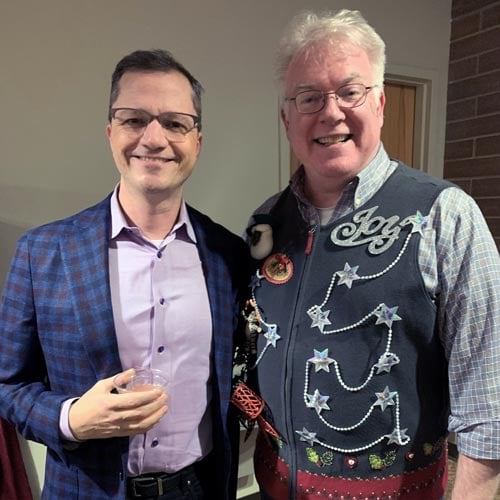
Here I am with Dan at intermission during a decidedly G-rated (and wonderful) holiday show
Last fall Broadway Rose presented the charming Irish musical Once, a sweet love story based on the popular movie of the same name. It could hardly be described as offensive. Nonetheless, Dan knows his Climate. He had the box office team read the play script in advance to confirm how many times the F-word occurs (17). This armed them for when patrons started calling in advance with worried questions about the show’s “suitability.” In addition to issuing content advisories for every show, Broadway Rose makes scripts available to read in advance at the theater for anyone who has concerns about content.
Dan and his co-founder Sharon Maroney are New York theater veterans who would love to produce more edgy works from time to time. But having made the decision to respect the Climate that the Broadway Rose exists in, they have been rewarded with strong ticket sales, healthy donations and an adoring audience.

From the Broadway Rose production of Once
In short, they are succeeding in their mission, bringing great musical theater to their town and playing the cards they’ve been dealt. And how do they do it? They understand and respond to know their Climate.
How well do you know your Climate?
• • •
Here is empirical data about Cultural Climate in some other regions around the world:
Australia Council for the Arts Arts Electorate Profiles »
Audience Atlas New Zealand, Creative New Zealand »
Canada Council for the Arts, Overview of Canadian Culture Statistics »
Arts Council England, Engagement in Arts and Culture Dashboard »
• • •
The Cultural Experience Framework is a series of blog posts written by Michael Greer, Executive Director at Oregon Ballet Theatre and Andrew Recinos, President of Tessitura Network. We have really enjoyed sharing our thoughts and experiences with each other and hope that they encourage your own thoughts, feedback and ideas. Most of all, we hope that something in these posts can inspire others to continue their work in arts and culture, better engage with their communities, and progress their mission.
Top photo by Ines Ferreira on Unsplash
Topics
Arts & Culture
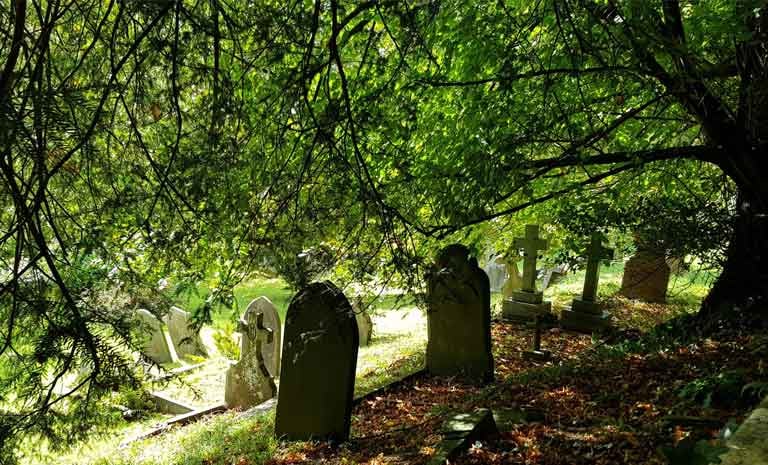
How to be a good ancestor | Andrew Recinos
Arts & Culture
How a conversation with a genealogist changed how I talk with my family
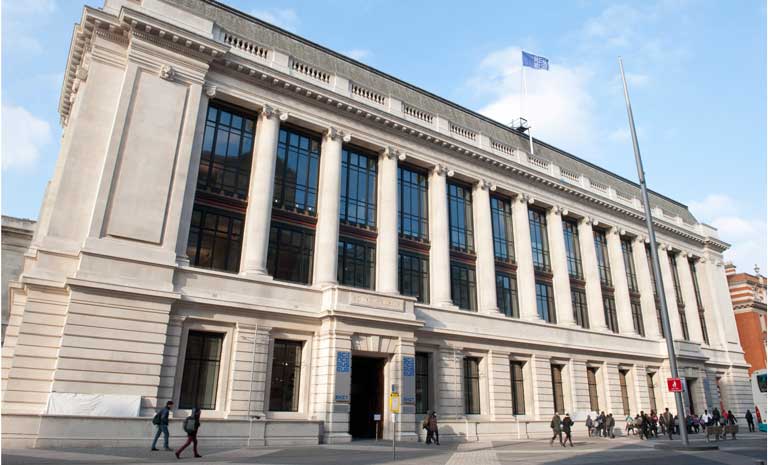
Superpowers of Observation | Andrew Recinos
Arts & Culture / Museums
How a clever museum exec looked up from the numbers and saw the story of the solution.